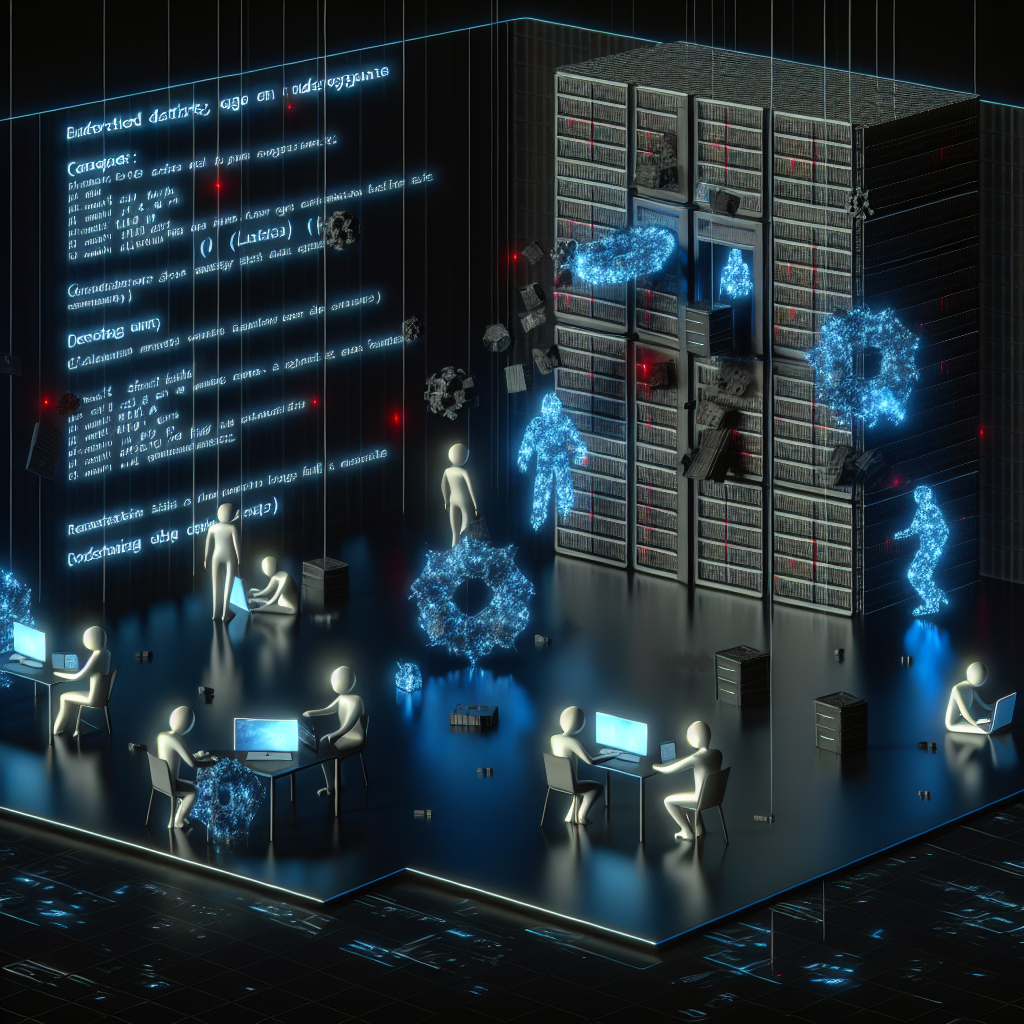In today's digital age, the threat of cyber attacks looms large over individuals and organizations alike. Understanding the technical and non-technical aspects of cyber attacks is crucial in safeguarding against potential threats. In this article, we will delve into the technical definition of cyber attacks in "Understanding Cyber Attacks: A Technical Overview", followed by a simplified explanation in "Demystifying Cyber Attacks: A Layman's Guide". Stay informed and stay protected against the ever-evolving landscape of cyber threats.
1. "Understanding Cyber Attacks: A Technical Overview"
Cyber attacks refer to malicious activities carried out by individuals or groups with the intention of disrupting, damaging, or gaining unauthorized access to computer systems, networks, or data. These attacks can take various forms, such as malware infections, denial of service attacks, phishing scams, and ransomware attacks.
In a technical overview of cyber attacks, it is important to understand the different types of cyber threats that exist, including viruses, worms, trojans, and botnets. These threats can exploit vulnerabilities in software, hardware, or human behavior to compromise the security of a system. Cyber attackers often use sophisticated techniques to bypass security measures and infiltrate networks, making it challenging for organizations to defend against these threats.
Furthermore, cyber attacks can have serious consequences for individuals, businesses, and even governments. They can result in financial losses, reputational damage, and the exposure of sensitive information. It is essential for organizations to have robust cybersecurity measures in place to detect, prevent, and respond to cyber attacks effectively. By staying informed about the latest threats and implementing best practices for cybersecurity, individuals and organizations can reduce their risk of falling victim to a cyber attack.
2. "Demystifying Cyber Attacks: A Layman's Guide"
In simpler terms, a cyber attack can be understood as any malicious attempt to disrupt, damage, or gain unauthorized access to a computer system or network. These attacks can take various forms, such as malware infections, phishing scams, denial of service attacks, or ransomware.
Understanding cyber attacks is essential in today's digital age, as they pose a significant threat to individuals, businesses, and even governments. By demystifying the concept of cyber attacks and educating the general public on how to protect themselves against such threats, we can all work towards creating a safer and more secure online environment. Remember, knowledge is power when it comes to defending against cyber attacks.

